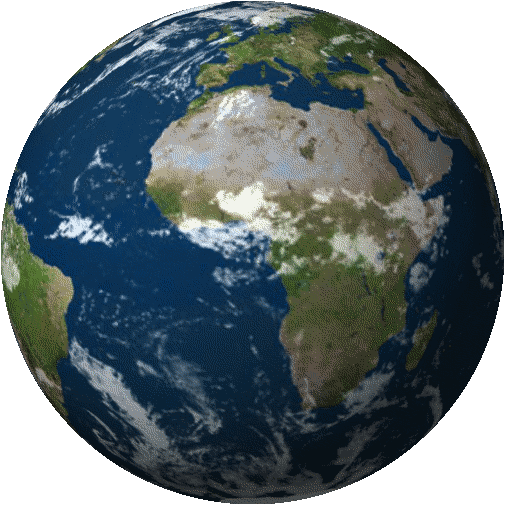
Nautical Archaeology Program
Department of Anthropology
Texas A&M University
College Station, TX 77843-4352 USA
Center for Maritime Archaeology and Conservation
Texas A&M University
College Station, TX 77841-5137 USA
Conservation Research Laboratory
Texas A&M University
College Station, TX 77843-4352 USA
Phone: (979) 862-7791
Fax: (979) 845-6399
This site is maintained by the Nautical Archaeology Program. The contents of this site and the linked pages - text, images, and data - are intended for personal information only. Downloading of information or graphic images contained herein for private use is not discouraged; however, written permission from either NAP or INA is required for the publication of any material. For additional details, contact Deborah Carlson.